Optimal Timing for Storm Restorations
Storm restorations are most effective when performed during periods of stable weather, typically outside of the storm season. In regions like Alpharetta, GA, the optimal window is late spring through early fall, avoiding the peak hurricane and severe storm months. Timely repairs can help prevent further damage and ensure structures are ready to withstand future weather events.
Conducting inspections immediately after storms helps identify damage early, enabling prompt restoration and preventing further deterioration.
Scheduling restorations during the off-season can reduce costs and availability issues, ensuring timely service before the next storm.
Performing restorations during dry, calm weather minimizes delays and enhances safety for repair crews.
Preparing structures ahead of storm season ensures resilience and reduces the extent of damage during severe weather events.
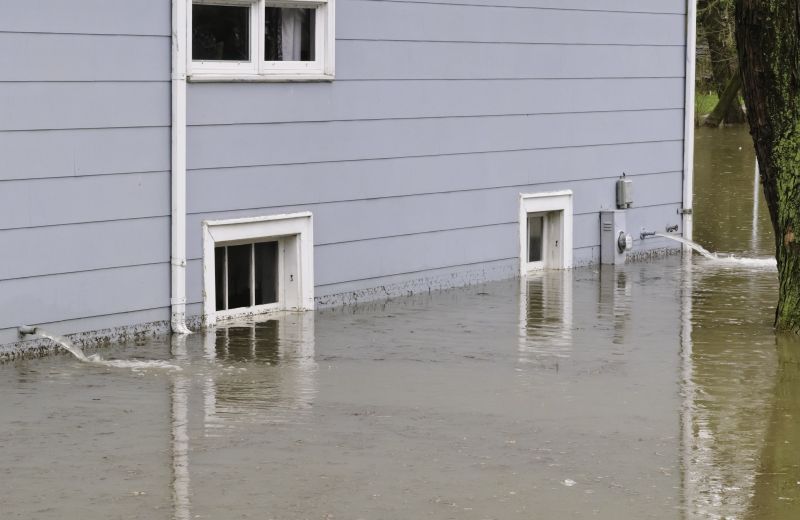
Initial evaluation of storm-related damage is crucial for effective restoration planning.

Restoration efforts underway to restore structures after storm damage.
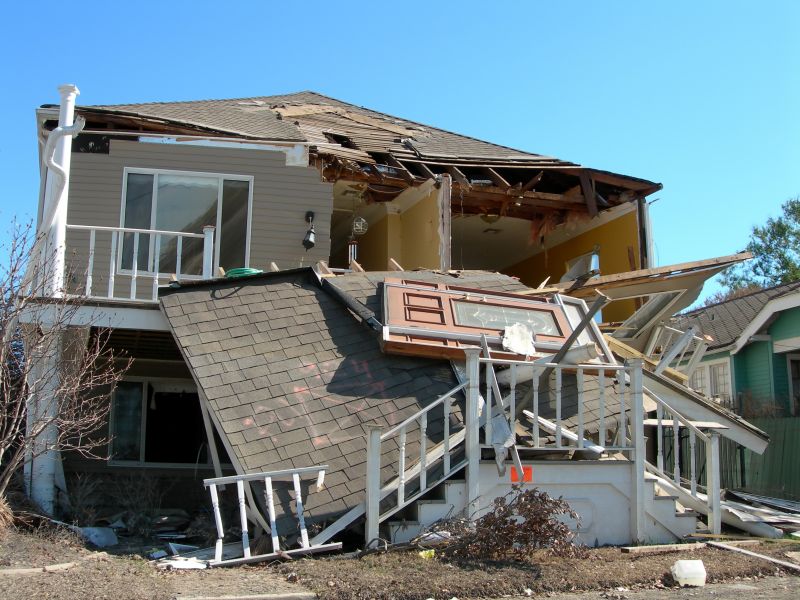
Finished restoration projects demonstrating resilience against future storms.

Ways to make Storm Restorations work in tight or awkward layouts.

Popular materials for Storm Restorations and why they hold up over time.

Simple add-ons that improve Storm Restorations without blowing the budget.

High-end options that actually feel worth it for Storm Restorations.

Finishes and colors that play nicely with Storm Restorations.
| Aspect | Details |
|---|---|
| Optimal Repair Season | Late spring to early fall |
| Peak Storm Months | June to September |
| Average Storms per Year in Georgia | 10-15 |
| Weather Conditions for Restoration | Dry, calm weather |
| Post-Storm Damage Detection | Immediate inspections recommended |
| Off-Season Benefits | Reduced costs and scheduling flexibility |
| Preparation Importance | Enhances resilience before storm season |
| Impact of Delayed Repairs | Increased damage and higher costs |
Storm restorations are essential for maintaining structural integrity and safety after severe weather events. Prompt and well-timed repairs can mitigate further damage, reduce costs, and improve resilience against future storms. Proper planning around seasonal weather patterns ensures restorations are completed efficiently and effectively.
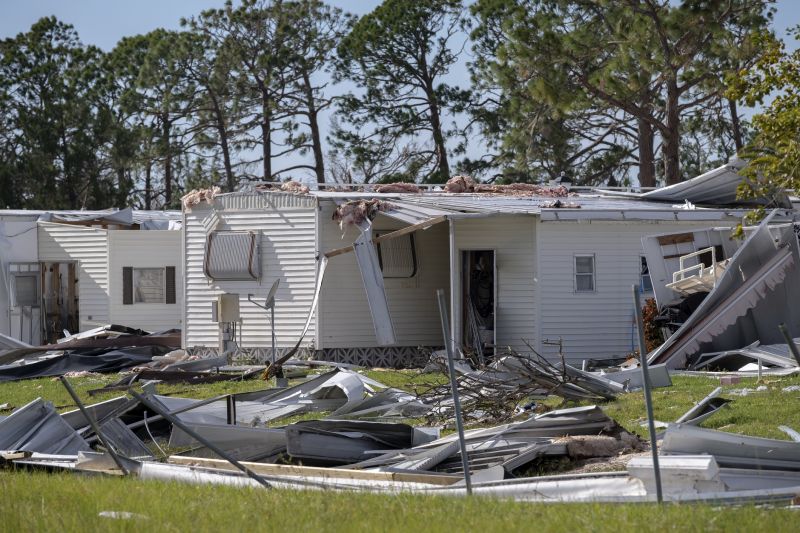
Restoring properties damaged by storms to their original condition.
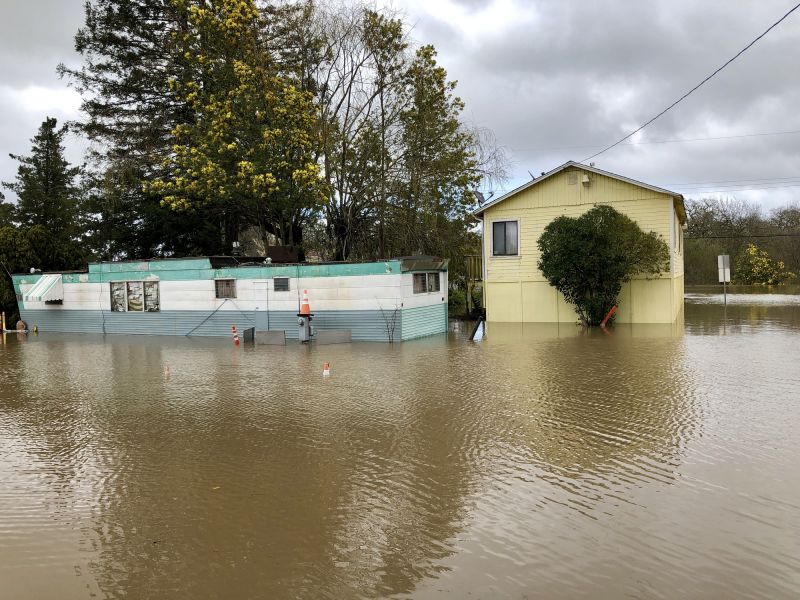
Rapid response to storm damage to minimize further issues.
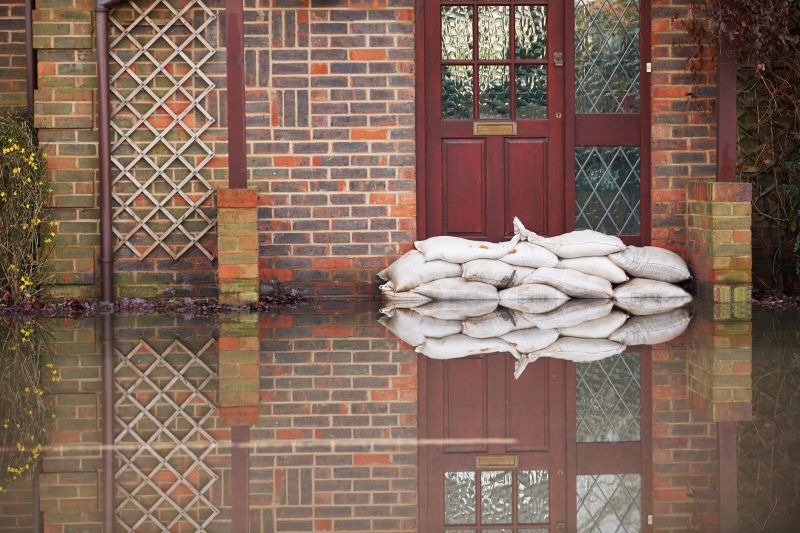
Strengthening structures ahead of storm season.
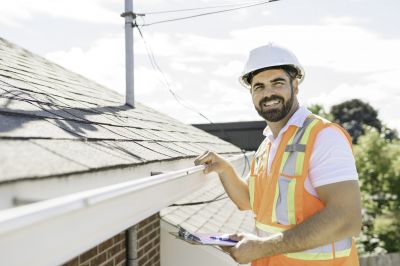
Ensuring restoration quality and safety compliance.
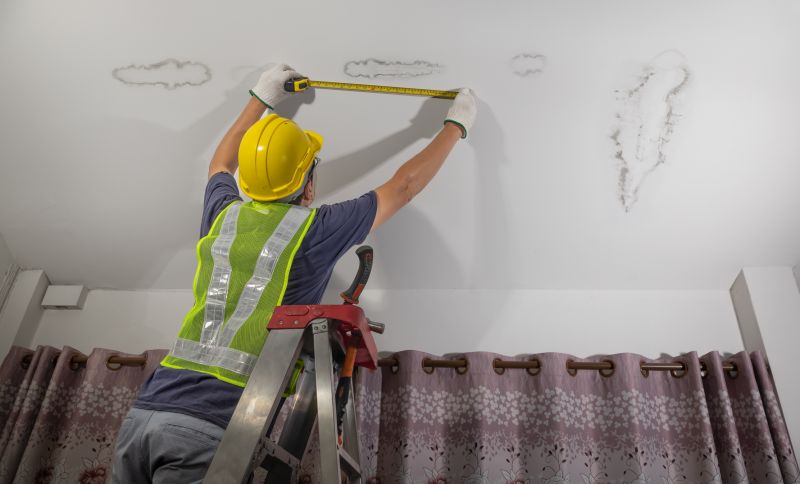
Little measurements that prevent headaches on Storm Restorations day.
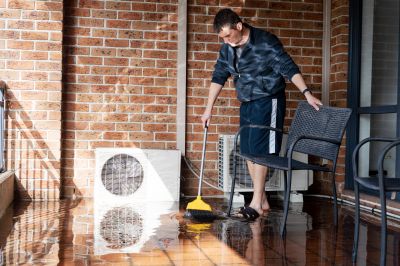
A 60-second routine that keeps Storm Restorations looking new.

A frequent mistake in Storm Restorations and how to dodge it.

Small tweaks to make Storm Restorations safer and easier to use.
Interested parties are encouraged to contact for more information about storm restoration services. Proper timing and preparation can significantly impact the effectiveness and cost of repairs, ensuring structures are resilient against future weather events.

